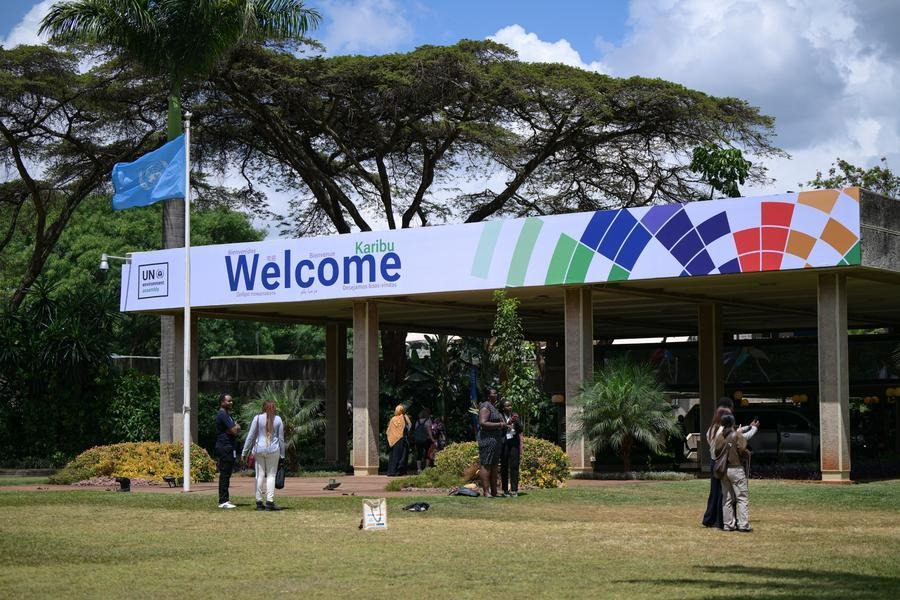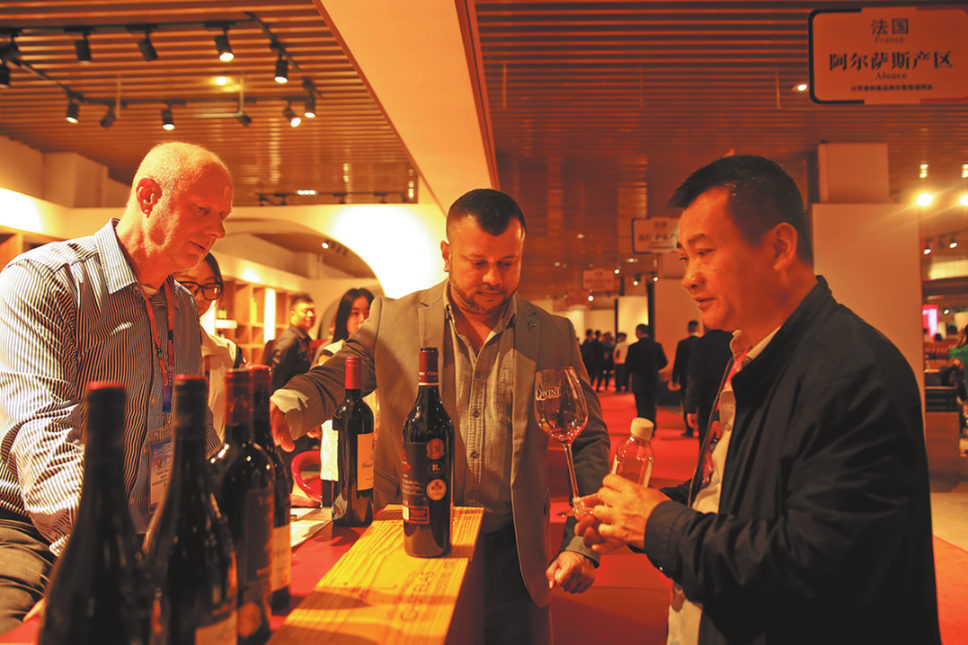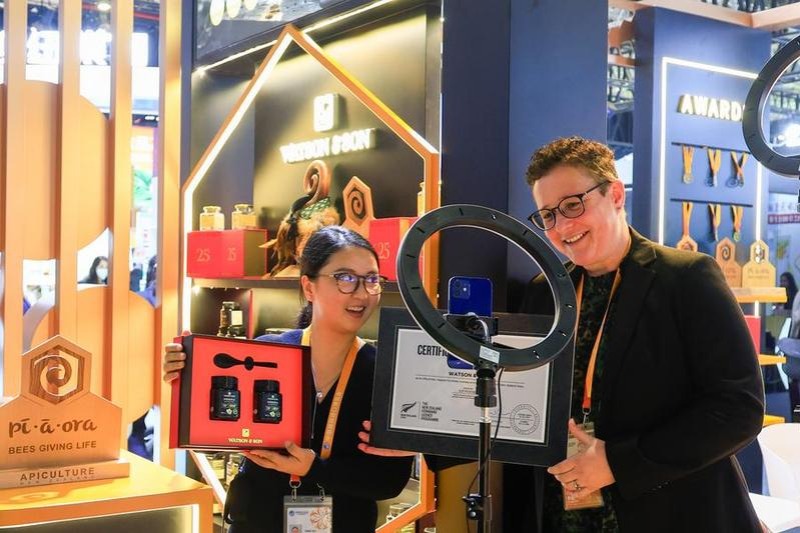Inclusive education for disabled children through photography
By Liu Wei/Cao Pengyuan | China Daily | Updated: 2018-01-17 07:44

The photography class is part of China's experiment in inclusive education over the past five years.
"Whether in cities or the countryside, the best way for disabled children to be integrated into mainstream society is by receiving education in mainstream schools," says Wang Xingxing, a project manager from Save the Children.
Wang has cerebral palsy since birth. In the 1980s, when most disabled children did not get the chance at normal schools because of a lack of physical access and specialist facilities, she sat in the same classes as her able-bodied peers.
"Had I not shared the experience of studying and living with normal children, I wouldn't have accommodated in mainstream society as quickly," she says.
Special schools are still prevalent, given their specific care and skill training tailored for disadvantaged children, especially those with severe impairment. Yet a report by Save the Children said students in such schools get stuck in a restricted environment and find it hard to be accepted by society once they leave school.
"Disabled people can scarcely be understood properly due to the lack of communication with able-bodied people. They might get discriminated in job interviews and questioned about their ability to do normal work," says Xie Renci, a disability rights activist, who lost her right leg in a car accident at age 4.
Xie was impressed by the photos. "They are equally good. Children are not judged by their IQ or physical capability," she says.
























